Mirror
Neutral silicone adhesive for bonding mirrors.
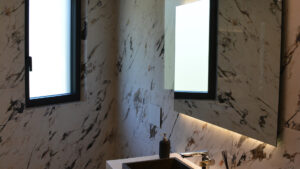

Discover more
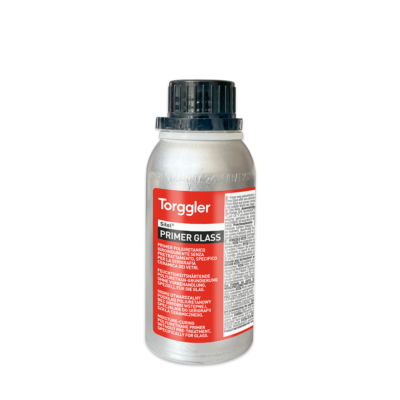
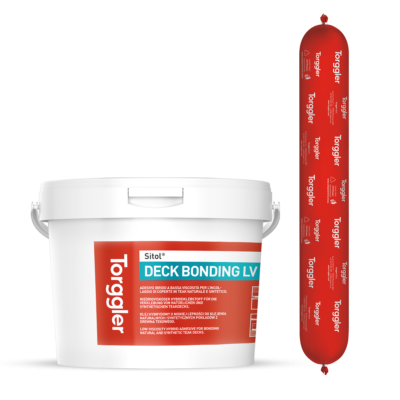
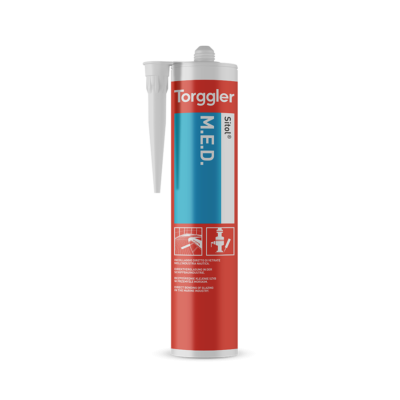
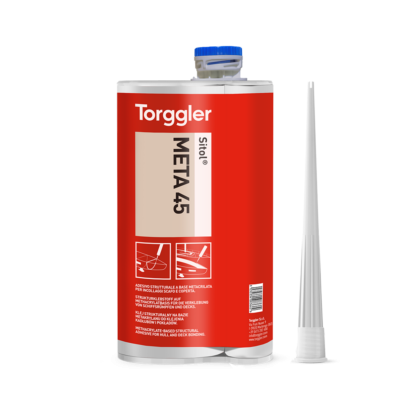
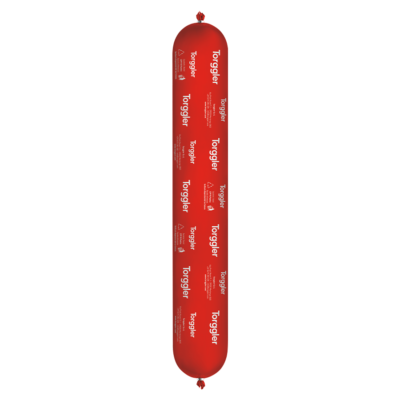
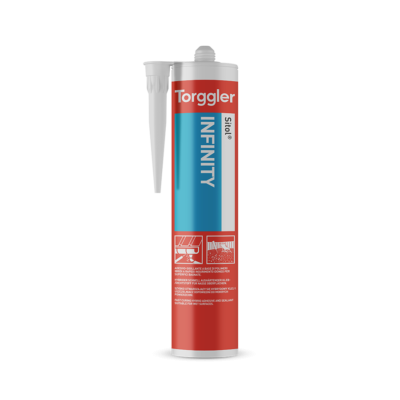
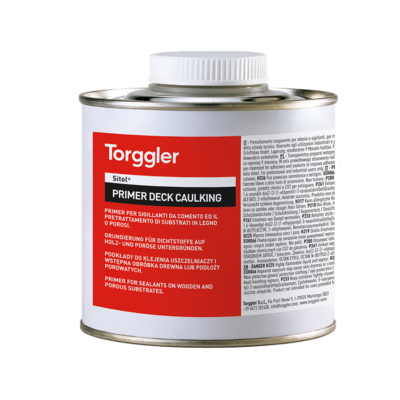
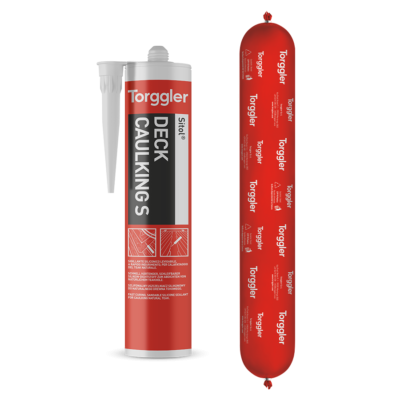
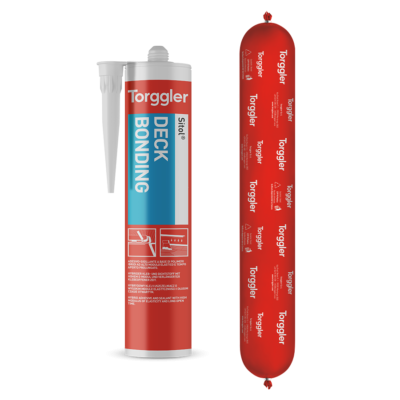
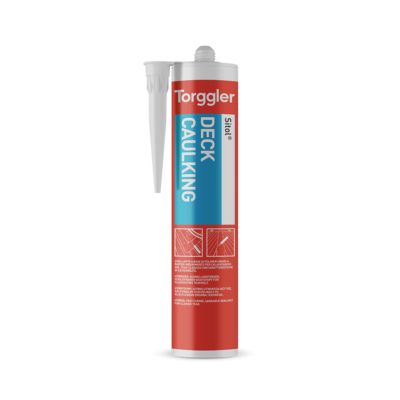
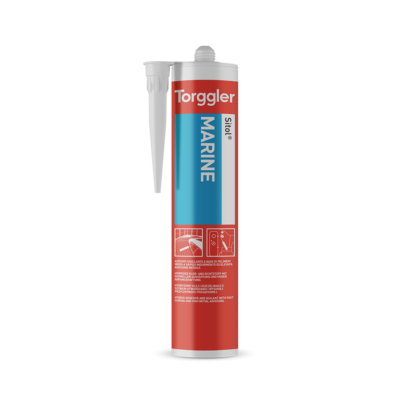

Mirror is a neutral-curing, high-viscosity silicone adhesive specifically formulated for the professional bonding of mirrors and lacquered glass to various types of substrates. Its exceptional durability and perfect adhesion to the substrate make it the ideal product for this delicate application. Mirror does not attack paintwork, thus avoiding the inconvenience of oxidation with consequent loss of mirror reflection and the unsightly appearance of dark spots.
Mirror must be stored in a dry, cool environment. Under these conditions, it will remain stable for at least 12 months. Cartridges that have not been completely used up can be stored for approximately 3 months if tightly closed.
As this is a particularly challenging and delicate bonding operation, it is essential to follow the instructions carefully. Otherwise, Torggler srl will not be liable for any anomalies. When bonding mirrors with safety film covering 100% of the surface, first apply Sitol Primer Deck Caulking.
| Color | Code | Packaging | Packaging size | Pallet | Barcode |
|---|---|---|---|---|---|
| White 9016 | 5715 | cartridge | 12x290 ml |
104 cardboards
|
Bonding of mirrors and lacquered glass to typical building and furnishing substrates: plywood panels, plasterboard, plaster, concrete, natural or treated wood, glass, aluminium, sheet metal, steel, etc. The flexibility of the adhesive layer, resulting from Mirror’s high elastic modulus, guarantees long-term adhesion by compensating for small movements caused by vibrations, settling and differential thermal expansion of the mirror/support system.
| TEST PARAMETER AND METHOD | VALUE |
| Density (ISO 1183-1) | 1,361 g/ml |
| Application temperature | from +5 °C to +40 °C |
| Operating temperature | from -50 °C to +150 °C |
| Surface cross-linking time (MIT 33*) | approx. 15 minutes |
| Hardening speed from the outside to the inside at +23 °C (MIT 32*) | approx. 2,3 mm in 24 h |
| Shore A hardness (DIN 53505) | approx. 32 |
| Elongation at break (DIN 53504 – Die S3) | 257 % |
| Breaking load for traction (DIN 53504 – Die S3) | 1,28 N/mm2 |
| 100% elastic modulus (DIN 53504 – Die S3) | 0,86 N/mm2 |
| Elongation at break (EN ISO 8339/A – Glass substrate – Gup) | 200 % |
| Breaking load for traction (EN ISO 8339/A – Glass support – Gup) | 0,5 N/mm2 |
| 100% elastic modulus (EN ISO 8339/A – Glass substrate – Gup) | 0,55 N/mm2 |
| Initial shear strength (EN 1327) | 0,7 N/mm2 |
| Shear strength (EN 1327) after immersion in water | 0,6 N/mm2 |
| Shear strength (EN 1327) high temperature | 0,9 N/mm2 |
| Shear strength (EN 1327) after heat exposure | 0,9 N/mm2 |
| Acid resistance | excellent |
| Resistance to bases | excellent |
| Odour after cross-linking | none |
* Torggler Internal Methods are available upon request.
| Opening diameter of the spout to obtain, after crushing, a 10×2 mm bead | Consumption per linear metre (lm) | Linear metres of kerb made with one cartridge |
| 5 mm | 20 | 14,5 |
Contact our team for personalized support and product guidance.